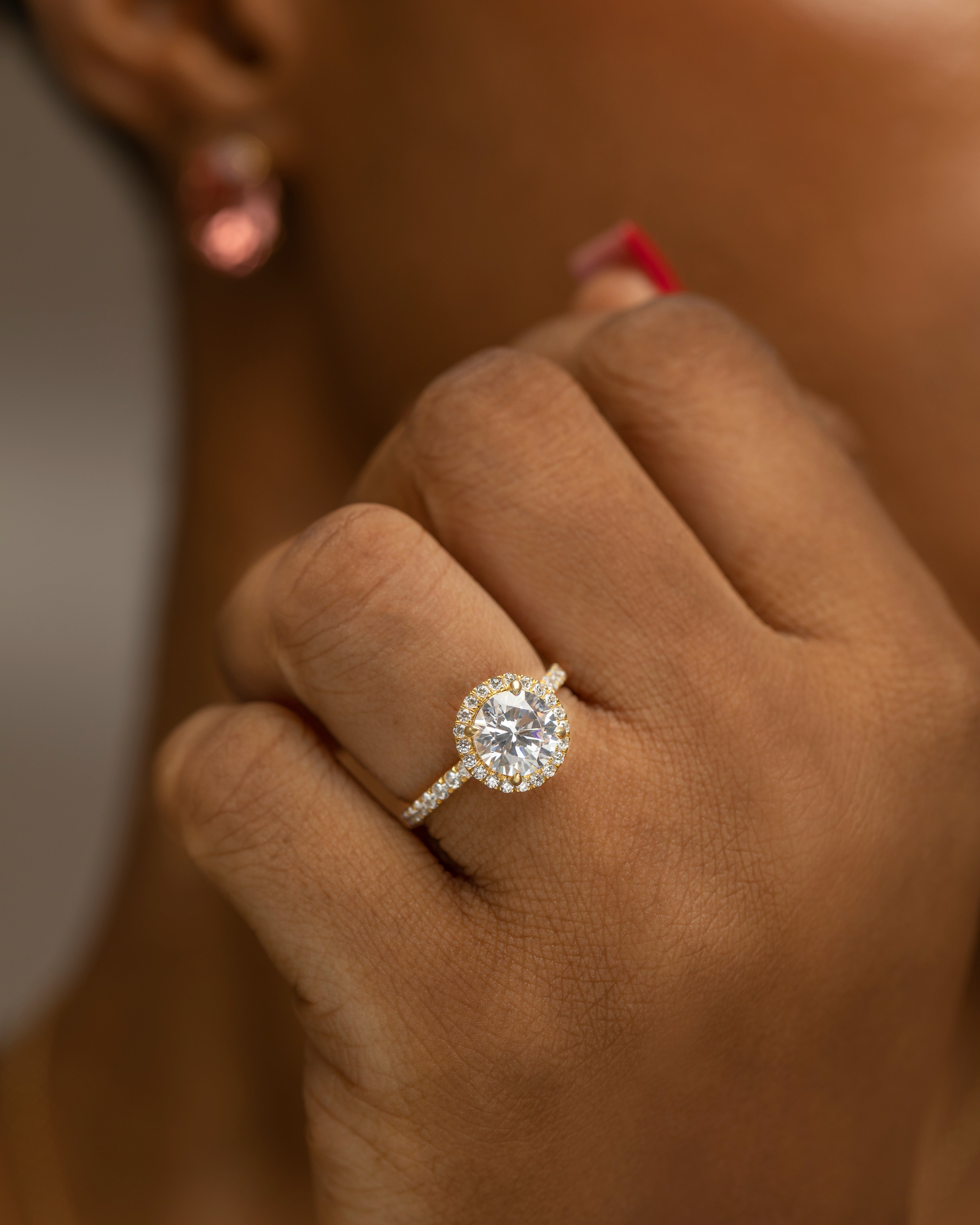Gold has been a symbol of wealth and beauty for centuries, and its purity is often denoted by karats. Understanding the different gold karats can help you make informed decisions when purchasing or appraising gold jewelry. Here's a detailed guide on how to distinguish between various gold karats.
What Are Gold Karats?
The term "karat" (abbreviated as "kt" or "K") refers to the purity of gold, measured in parts per 24. Pure gold is 24 karats, meaning it is 100% gold with no other metals mixed in. However, pure gold is soft and not ideal for making durable jewelry, so it is often alloyed with other metals to enhance its strength and durability.
Common Gold Karat Ratings
|
Karat |
Purity |
Characteristics |
Uses |
|
24K |
99.9% |
Soft, malleable, bright yellow |
High-end jewelry, gold coins, investment bars |
|
22K |
91.7% |
Slightly more durable than 24K, rich yellow hue |
Traditional jewelry, popular in countries like India |
|
18K |
75% |
Durable, slightly less intense yellow |
Fine jewelry, ideal for everyday wear |
|
14K |
58.3% |
Very durable, lighter yellow |
Engagement rings, bracelets, daily wear jewelry |
|
10K |
41.7% |
Extremely durable, pale yellow |
Budget friendly jewelry, durable items like rings |
Identifying Gold Karats
- Hallmarks and Stamps - Most gold jewelry will have a hallmark or stamp indicating its karat. Look for markings like "24K," "18K," "14K," or "10K" on the inside of rings, the clasp of necklaces, or other discreet locations.
- Color and Appearance - Higher karat gold (like 24K) has a more intense yellow color, while lower karat gold (like 14K or 10K) tends to be paler due to the higher percentage of alloy metals.
- Testing Kits - Gold testing kits, which include acid tests and electronic testers, can be used to determine the purity of gold. These are more commonly used by jewelers and professionals.
- Professional Appraisal - For an accurate assessment, consider having your gold jewelry appraised by a professional jeweler. They can verify the karat using specialized tools and expertise.
Why Karat Matters
-Durability: Lower karat golds are more durable due to the higher content of alloy metals. This makes them suitable for everyday wear.
- Value: Higher karat golds are more valuable due to their higher gold content. They are often chosen for investment purposes or heirloom pieces.
- Color Preference: The color of gold changes with its purity. Some may prefer the deep yellow of 22K gold, while others might like the softer hue of 14K gold.
Conclusion
Understanding gold karats is essential for making informed decisions about purchasing and caring for gold jewelry. Whether you’re buying a new piece, investing in gold, or appraising inherited jewelry, knowing the differences between 24K, 22K, 18K, 14K, and 10K gold will help you appreciate the value and durability of each type. Always look for hallmarks, consider the intended use of the jewelry, and when in doubt, seek professional advice to ensure you’re getting the best quality and value for your gold.
